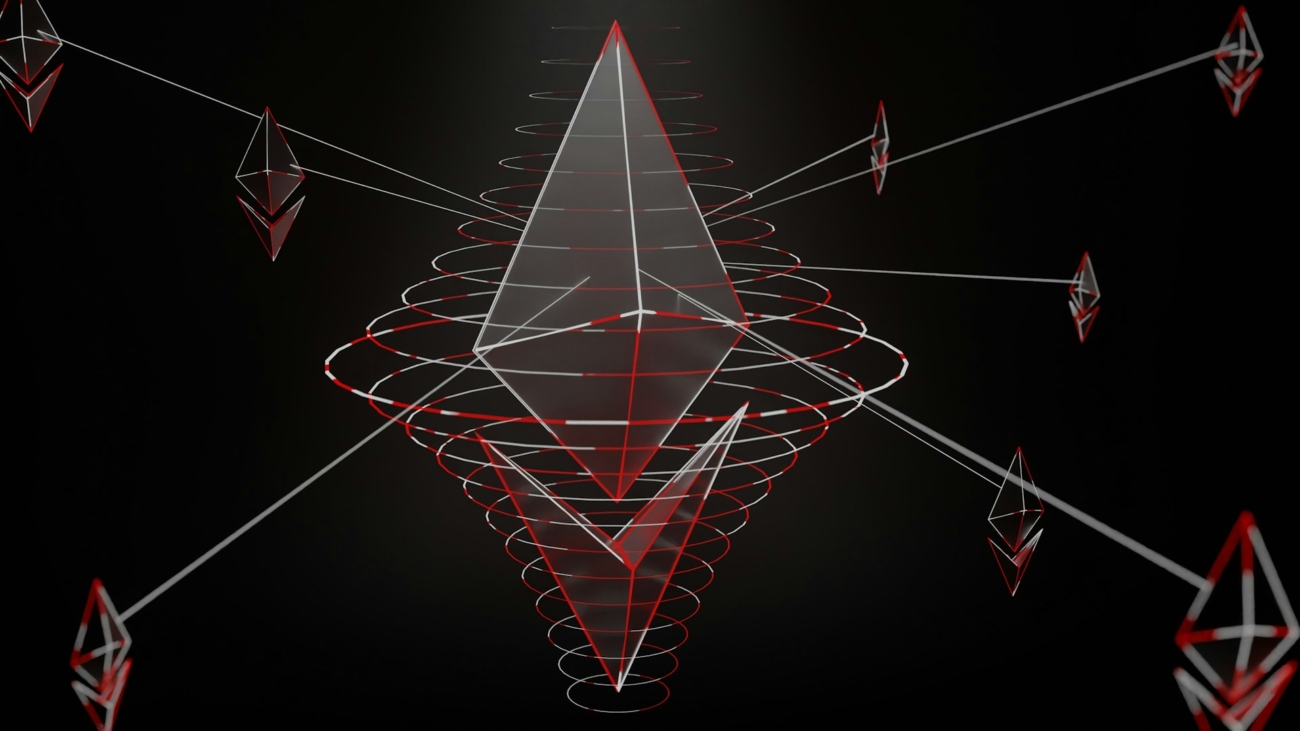As the digital age advances, the demand for robust digital infrastructure continues to surge. Centralized digital equipment, such as server farms and data centers, forms the backbone of this infrastructure, housing critical computing and storage devices essential for various applications, from cloud services to big data analytics. However, the economic implications of maintaining and producing these physical infrastructures are significant. This article delves into the economic aspects of physical equipment and infrastructure, focusing on the costs and challenges associated with expanding digital infrastructure.
The Components of Digital Infrastructure
- Server Farms and Data Centers
- Servers and Storage Devices: These are the core components that handle data processing, storage, and management.
- Networking Equipment: Routers, switches, and cables that connect different parts of the infrastructure.
- Cooling Systems: Essential to prevent overheating and ensure optimal performance.
- Power Supply Systems: Uninterruptible power supplies (UPS) and backup generators to ensure continuous operation.
- Physical Infrastructure
- Buildings and Cabinets: Secure and climate-controlled environments to house the equipment.
- Cabling: Structured cabling systems that connect servers, storage devices, and networking equipment.
- Security Systems: Physical and cybersecurity measures to protect against threats and breaches.
Economic Costs of Digital Infrastructure
- Initial Capital Expenditure (CapEx)
- Construction and Real Estate: Building or leasing facilities for data centers is a major capital investment. Locations need to be strategically chosen for factors like climate, energy costs, and security.
- Equipment Purchase: High-performance servers, storage solutions, networking hardware, and advanced cooling systems require substantial upfront investments.
- Operational Expenditure (OpEx)
- Energy Costs: Data centers are energy-intensive, consuming vast amounts of electricity for both operation and cooling. According to the U.S. Department of Energy, data centers can consume up to 3% of global electricity production.
- Maintenance: Regular maintenance of equipment to ensure reliability and prevent downtime. This includes replacing worn-out parts, software updates, and cooling system upkeep.
- Security: Implementing robust security measures to protect data and physical assets. This includes physical security personnel, surveillance systems, and cybersecurity tools.
- Environmental Costs
- Carbon Footprint: The energy consumption of data centers contributes to carbon emissions. Companies are increasingly investing in renewable energy sources to mitigate this impact.
- E-Waste: Disposing of outdated or broken equipment generates electronic waste, which requires proper recycling and disposal mechanisms.
Economic Challenges and Solutions
- Scalability
- Challenge: As demand for digital services grows, scaling infrastructure can be cost-prohibitive.
- Solution: Adoption of cloud computing and hybrid models allows businesses to scale resources as needed without massive capital investments in physical infrastructure.
- Energy Efficiency
- Challenge: High energy consumption leads to escalating operational costs.
- Solution: Investing in energy-efficient technologies, such as advanced cooling systems and energy-efficient servers, can reduce energy consumption. Data centers can also leverage renewable energy sources like solar and wind.
- Location Optimization
- Challenge: Finding optimal locations that balance cost, energy efficiency, and security.
- Solution: Data centers are increasingly being located in regions with cooler climates to reduce cooling costs and areas with low-cost renewable energy availability.
- Security Investments
- Challenge: Ensuring both physical and cybersecurity in the face of evolving threats.
- Solution: Continuous investment in advanced security measures, regular audits, and compliance with international standards like ISO/IEC 27001 for information security management.
- Regulatory Compliance
- Challenge: Navigating complex regulatory environments related to data protection and environmental impact.
- Solution: Implementing compliance programs and staying updated with regulations to avoid penalties and ensure smooth operations.
The Future of Digital Infrastructure
The economic landscape of digital infrastructure is poised for significant changes as technology evolves. Here are some future trends:
- Edge Computing: Decentralizing data processing to the edge of the network can reduce latency and alleviate the burden on centralized data centers, potentially lowering costs.
- Artificial Intelligence and Automation: AI-driven management tools can optimize data center operations, from predictive maintenance to energy management, enhancing efficiency and reducing costs.
- Sustainable Practices: Increasing focus on sustainability will drive investment in green technologies, such as liquid cooling systems and more efficient energy storage solutions.
- Hyperconverged Infrastructure: Combining computing, storage, and networking into a single system can simplify management and reduce costs.
Conclusion
The economic aspects of maintaining and expanding digital infrastructure are multifaceted, involving significant capital and operational expenditures. However, strategic investments in energy-efficient technologies, renewable energy, and advanced security measures can mitigate these costs. As digital demand continues to grow, adopting innovative solutions like edge computing and AI-driven management will be crucial for organizations and governments to sustainably scale their digital infrastructure while managing economic challenges effectively.

